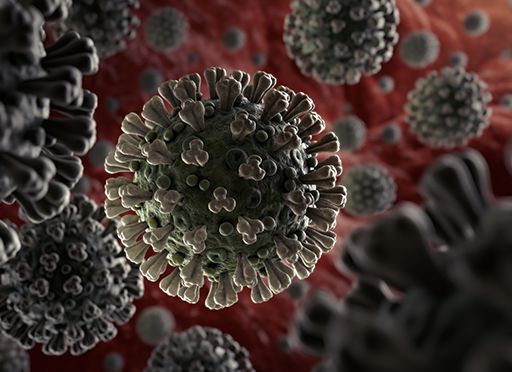Companies and Vaccination

For a year, we’ve waited for them, with all hope for a return to a “new normal” hanging on them: vaccines against the coronavirus SARS-CoV-2 that causes COVID-19. Now that they’ve been developed, approved, produced and distributed in record time, more and more individuals are asking the question, “Vaccinate: Yes or no?”
How do companies deal with the new situation, in which inevitably the question of the vaccination status of colleagues receives ever greater attention and importance? And what if it leads to discussions that quickly become political?
1. Vaccinate: Yes or No?
The scientific answer to this question is crystal clear: Yes. Although there are risks of individual side effects with all vaccines, the social benefits of vaccinations outweigh the risks because they potentially protect millions of people from very serious diseases.

According to the latest scientific and medical findings, the SARS-CoV-2 vaccines are no different to the vast majority of their “ancestors”: They neutralize the virus. And while side effects were very rarely observed in tests, where they did occur, serious reactions were rare as well. Or, as Wayne C. Koff and Michelle A. Williams from the Harvard T.H. Chan School of Public Health put it:
COVID-19 is yet another instance in which the risk of not being vaccinated is far greater than the risk of side effects posed by the vaccine itself.
Wayne C. Koff & Michelle A. Williams
They point out that, out of “the tens of thousands of people who have already been vaccinated, some have reported short-term symptoms like fever or aches, and a few have reported allergic reactions. Compare that to the virus itself, which has infected more than 70 million people globally and killed approximately 1.6 million – including more than 300,000 in the United States. That’s to say nothing of the devastation caused to economies and health systems around the world.”
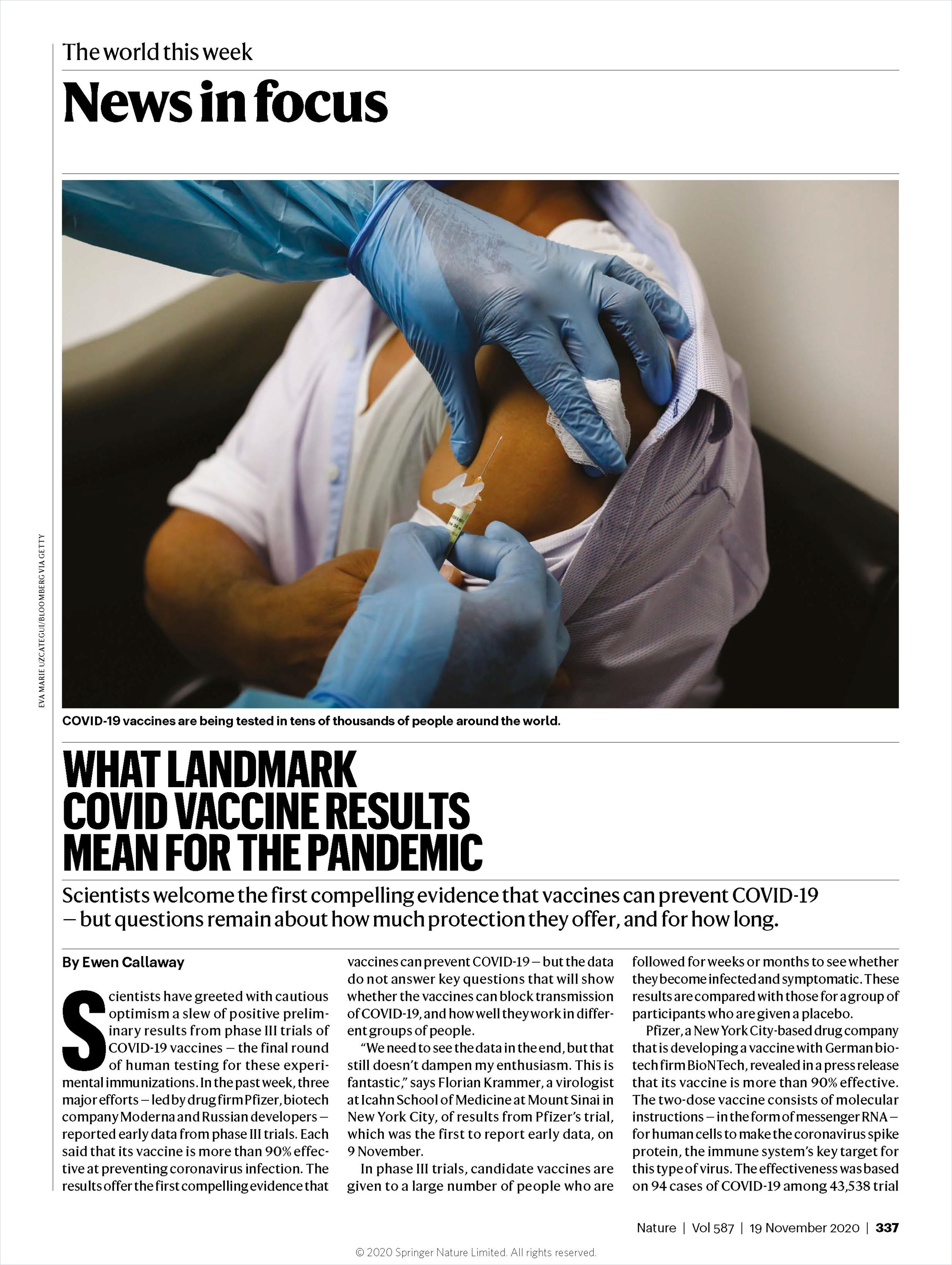
Yes, the mRNA vaccination method being used in the majority of the new vaccines is new, so we do not yet know anything about long-term effects. However, “new” is only partly correct in this context, because the science behind it is not new at all.
2. How Do the New Vaccines Work?
John P. Moore, professor of microbiology and immunology at Weill Cornell Medicine in New York City, explains the new situation best here.
SARS-CoV-2, the virus that causes COVID-19, is a coronavirus. Research over the past two decades on the earlier severe acute respiratory syndrome (SARS) virus and its cousin, the virus that causes Middle East respiratory syndrome (MERS), taught virologists and vaccine designers a great deal about coronaviruses, their vulnerabilities and how they might best be exploited.
John P. Moore
The method has been successfully used for some time in the fight against HIV, for example. But RNA viruses like SARS-CoV-2 are constantly evolving, and usually, like yellow fever, for example, it is very difficult to obtain their samples.
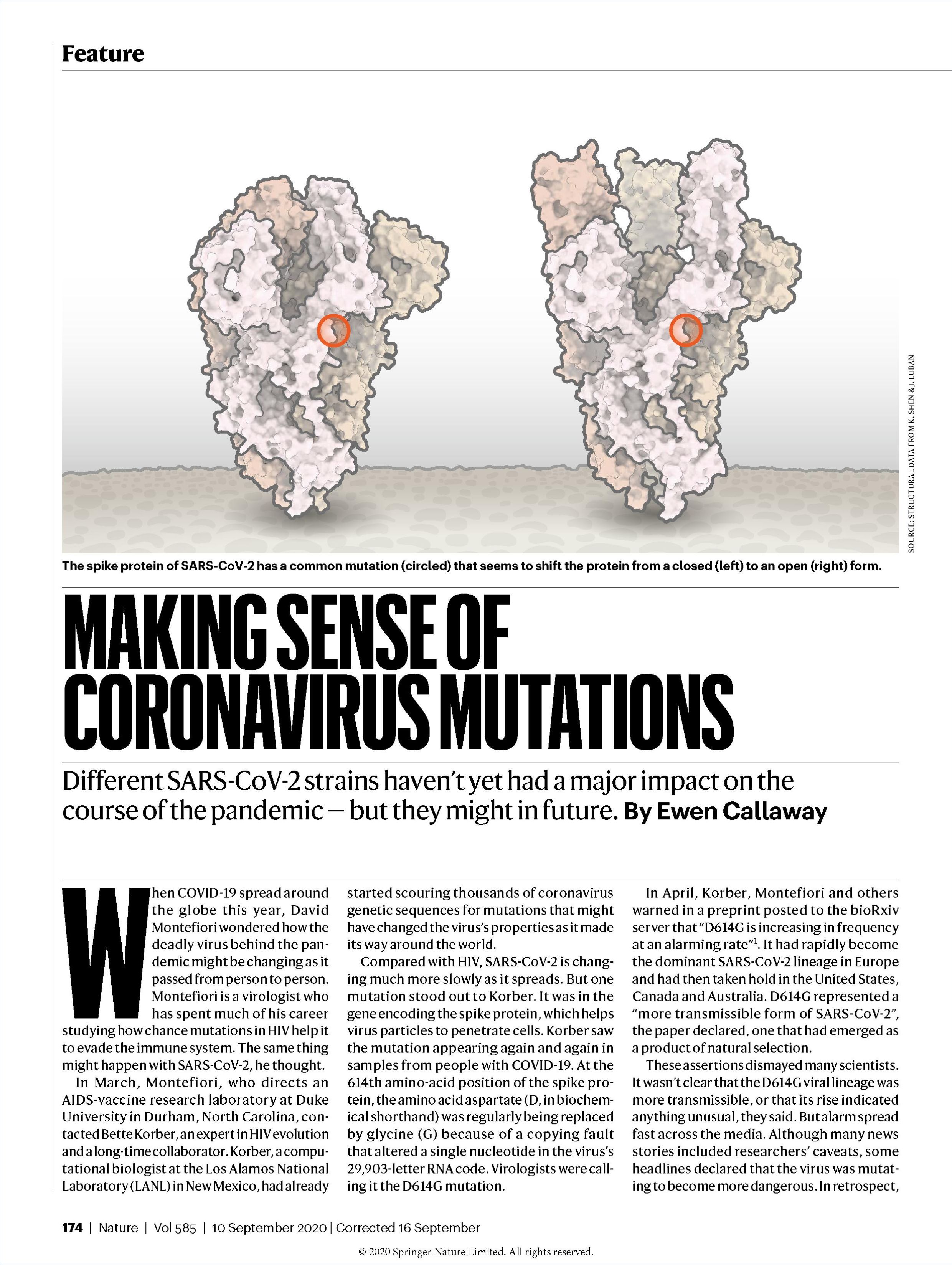
Luckily, the gene sequence of the new coronavirus was discovered (and published) early. In the following global effort by a wide range of researchers, the decoding of the weak point of SARS-CoV-2 was a marvel of science as well as one of time:
All of the leading vaccines are based on the SARS-CoV-2 spike protein, the entity on the virus surface that drives infection of human cells. Humans infected with SAR-CoV-2 raise antibodies against the spike-protein that prevent further infection by neutralizing the virus.
John P. Moore
Here, you can find a video on how the new mRNA vaccine works in greater detail. And the best may be yet to come: The method could also help fight many other diseases, perhaps even eradicating them. Find out more here.
3. How About Mandatory Vaccination?
This depends on the diseases and the location in which a mandatory vaccination is to apply.
“A 2017 review of interventions to increase vaccination found that in high-income countries, requirements to vaccinate are more likely to affect rates than are attempts to change how people think and feel about vaccination,” writes Saad B. Omer, the director of the Yale Institute for Global Health, and his co-authors in a great Nature article. But the following also applies:
Vaccination can worsen inequities in access to resources, because penalties for not complying can disproportionately affect disadvantaged groups.
Saad B. Omer, Cornelia Betsch & Julie Leask
Additionally, their evidence suggests that “there is no simple linear relationship between the forcefulness of a policy and its impact on the rate of vaccination,” and they dismiss rigid, punitive policies in comparison to more flexible ones: “The limited data that are available suggest that a middle-of-the-road approach might be more effective.”
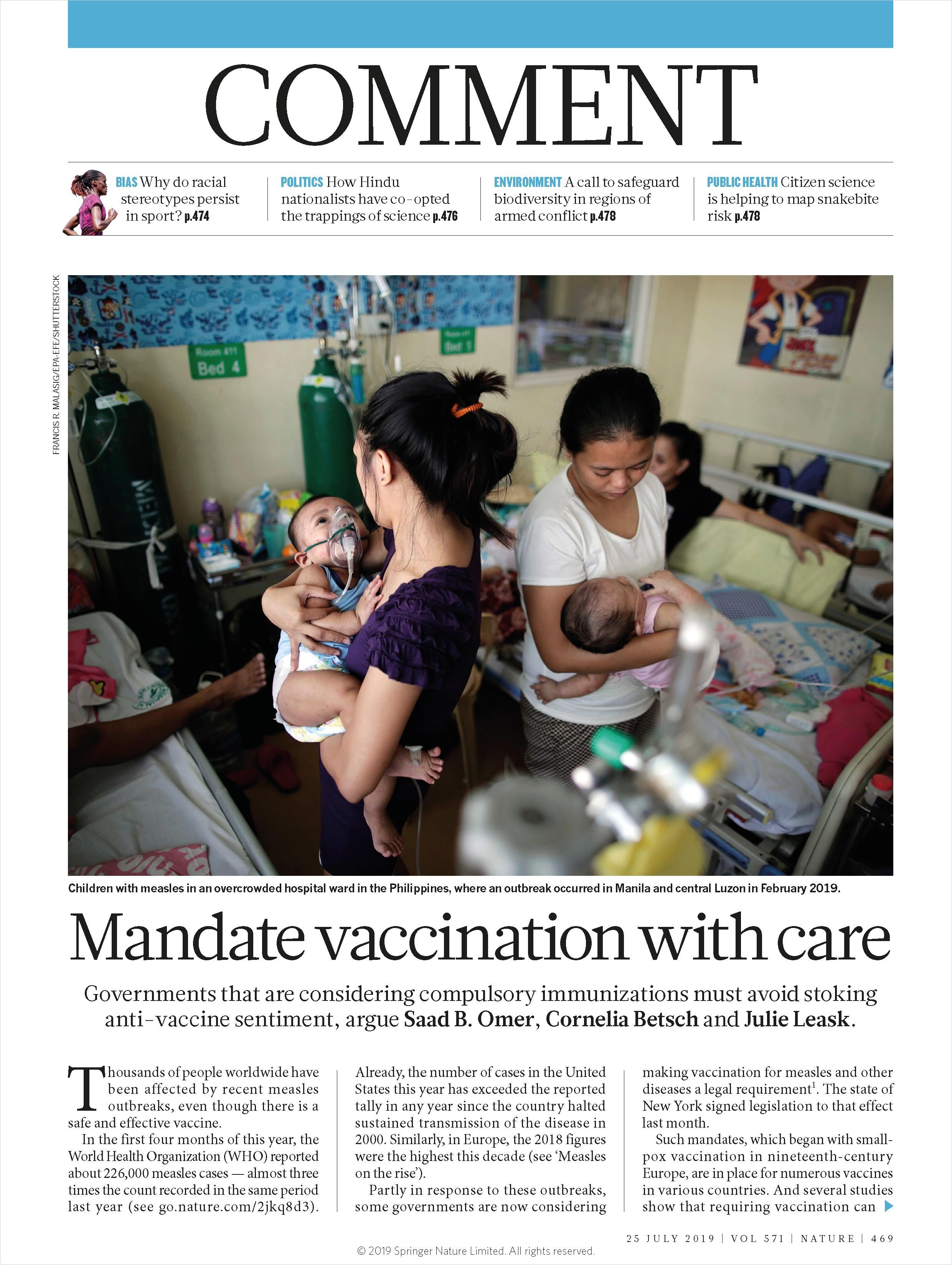
What already works only selectively at the level of states can be discriminatory at the level of companies. There will certainly be firms that attach more importance to a well-kept vaccination record in the future than they did before 2020, and in the United States; however, anyone who refuses a vaccination if their employer makes it mandatory can even be fired (workers who refuse for medical reasons can always request an exemption, and the same applies to people whose religious beliefs may forbid vaccination).
But, given the current legal situation in many other industrialized countries, most companies will hesitate to decide which vaccinations to mandate in addition to those required by law. And, for example, Wharton management professor Iwan Barankay thinks there is a much better way to achieve compliance in the workforce: He advocates for easing access and applying “a bit of social pressure” to encourage employees to get their shots. Removing all the barriers for employees to get access to vaccinations is, according to him, not only legally safe, but also a more positive approach:
Companies have to worry about two things. One is about the health and the productivity of their employees. The other dimension is about their image in the broader population and on social media.
Iwan Barankay
4. How to Deal with Vaccination Skeptics?
In one sentence: Don’t tread on them. Sure, scientists and journalists alike often assume that, for example, parents who refuse to vaccinate their children are, at best, uninformed, or, at worst, willfully negligent. But what if there were another side to this story? In this groundbreaking essay, science journalist Maggie Koerth-Baker goes in search of a new, philosophically-based narrative to explain why especially the well-off and well-educated reject mandatory vaccination:
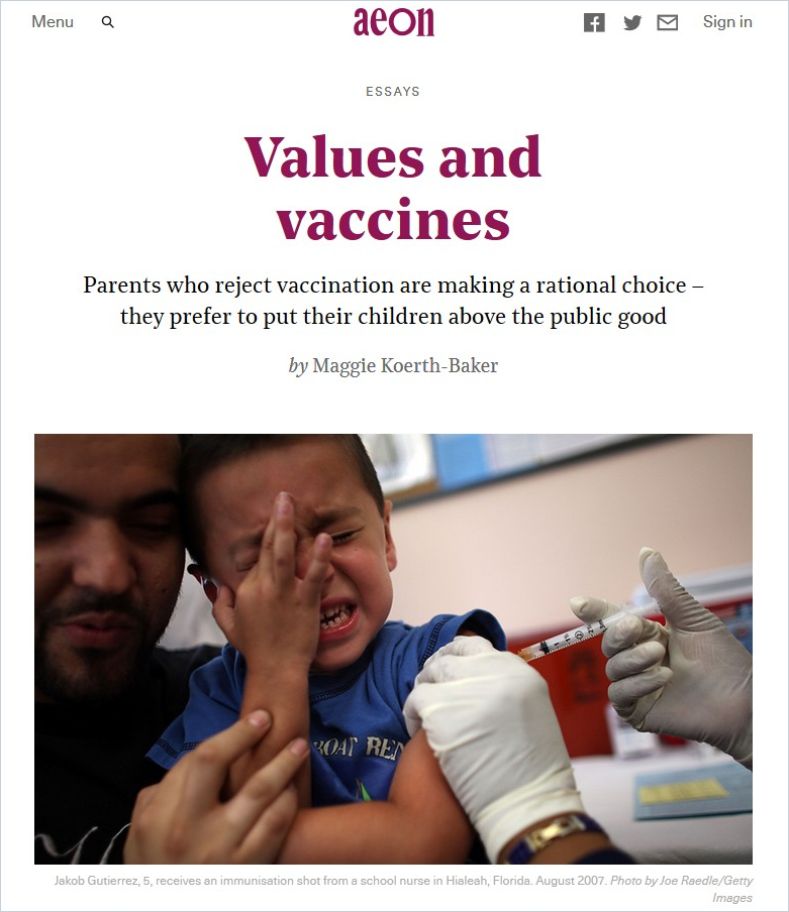
Scientists may rightly claim that, statistically, vaccines pose a low risk to the individual, while the benefits to public health are high. But these claims ignore the philosophical aspect of this “trade-off”: the belief that the government has the right to tell people that the good of society trumps the risk that they (or their children) may react badly to a vaccine.
To begin to combat contrasting beliefs – that personal safety matters most – scientists and public health officials must embark upon a different sort of conversation: one based not on population-wide statistics or arguments about the public good, but, rather, on people’s “personal goals.” Read more about failed and successful vaccination campaigns here.
5. “Back to Normal” in Mid-2021?
Unfortunately, no. Even with very effective and safe vaccines, 99% of people would need to take them and that is not likely to happen. With less than 70% compliance, a lot of virus remains. But new antibody treatments may become important tools in reducing COVID-19 deaths, and simple prevention measures such as masks, distancing, hand washing and crowd avoidance do work.
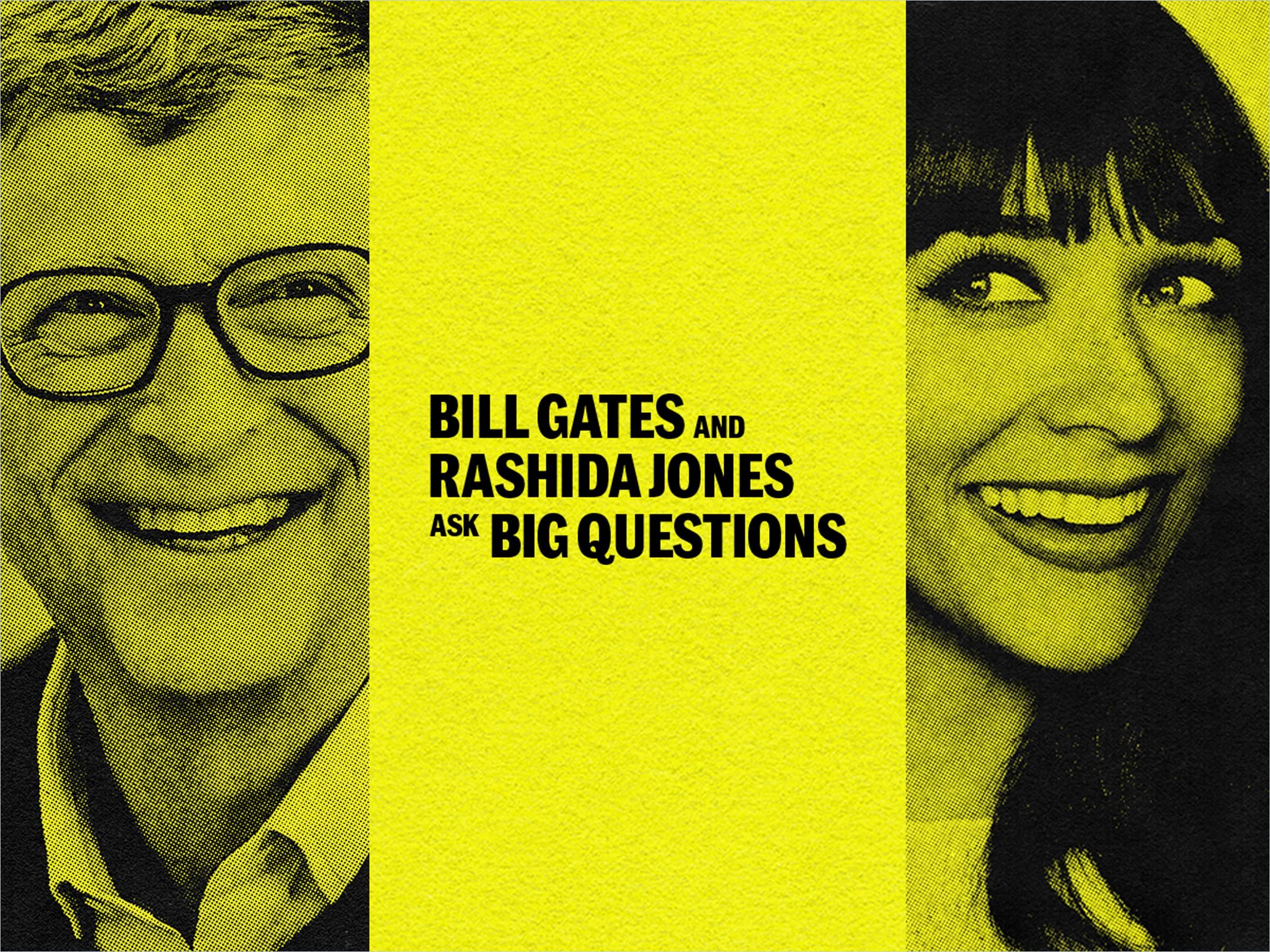
In this great summary, Dr. Anthony Fauci, the director of the National Institute of Allergy and Infectious Diseases (NIAID), has a hopeful message for those suffering from virus fatigue, which will surely get worse as time goes on:
I want to tell people, don’t give up. This is going to end. Science is going to help us with a vaccine and therapy, and if we pay attention to the public health measures, we can gain control of it.
Anthony Fauci
Next Steps:
Visit getAbstract’s Coronavirus and Vaccination Channels. And don’t forget to take a look at our outlook on the COVID-19 vaccine rollout:



